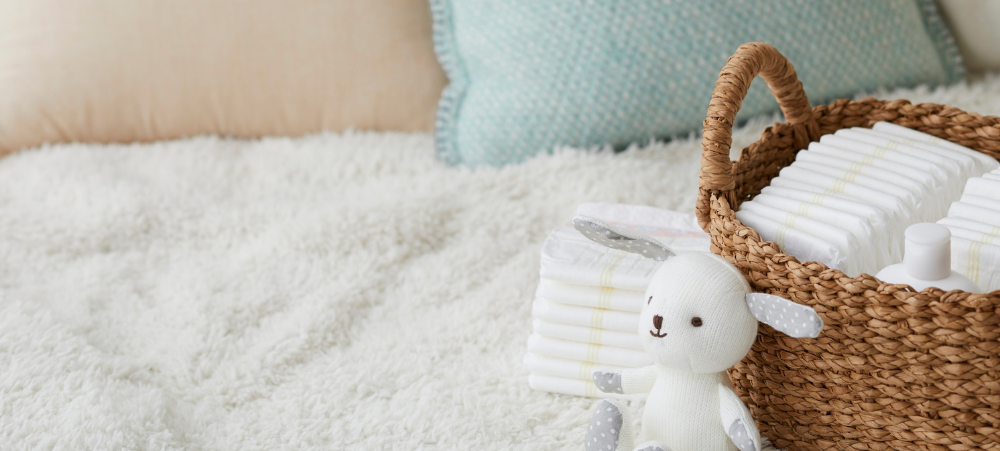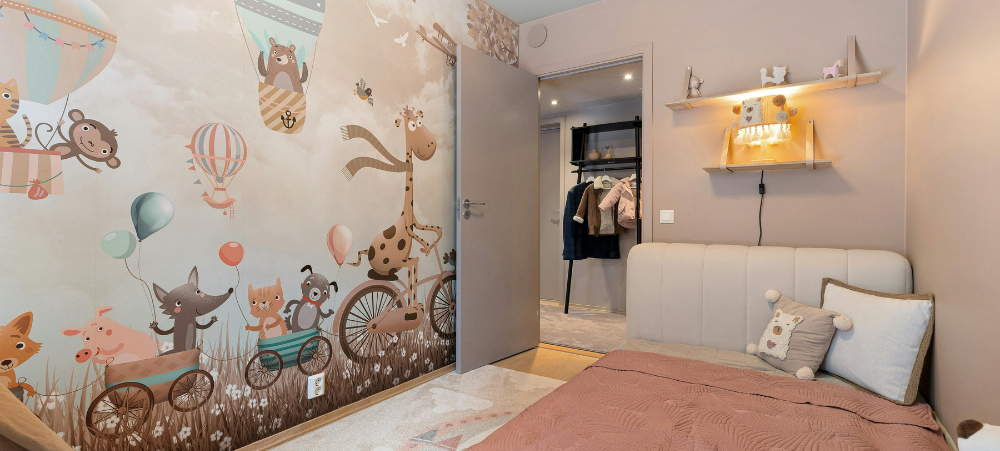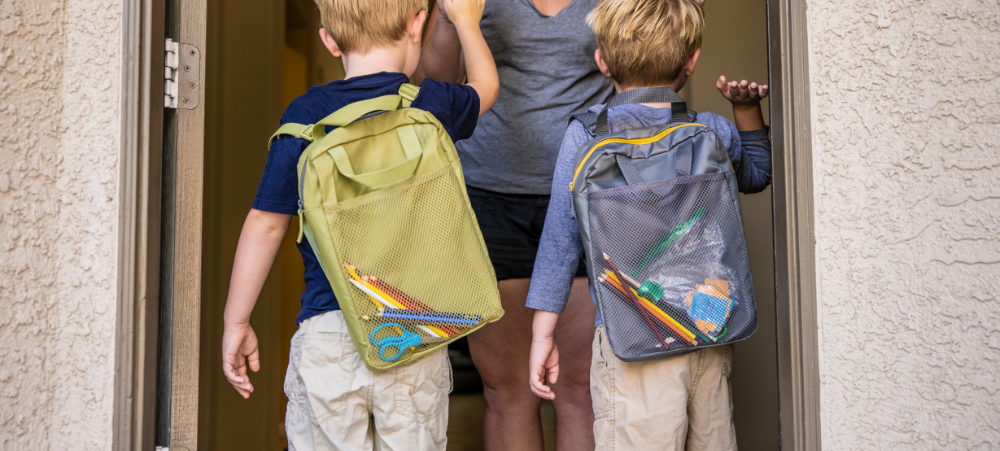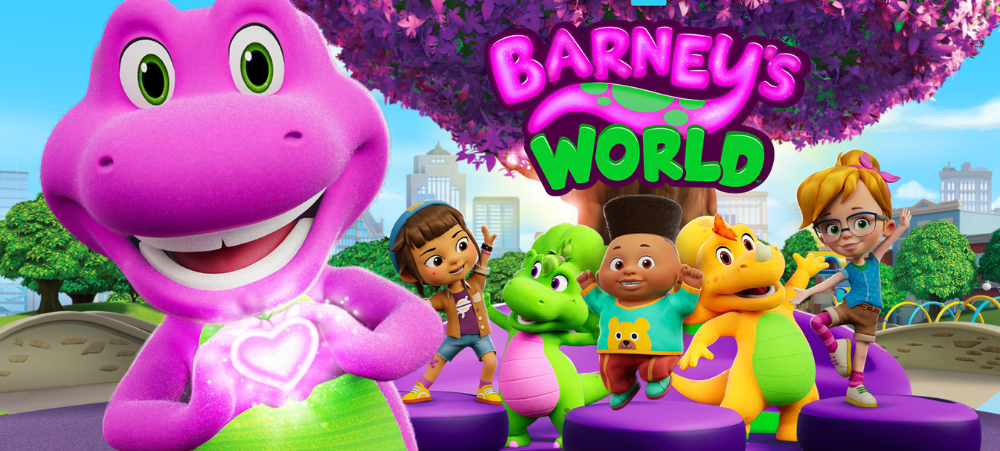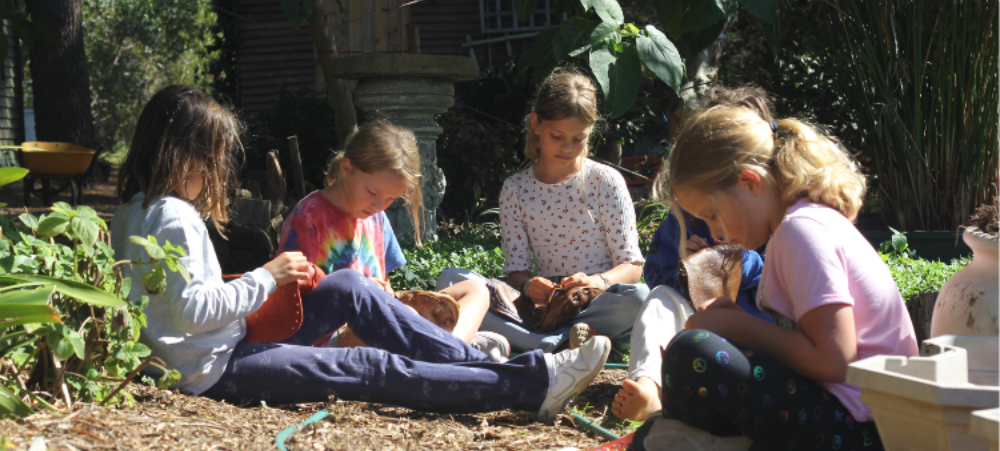
Does My Child Have ADHD? Understanding the Beautiful Chaos of Unique Minds
A parent’s guide to recognising ADHD and a parent-friendly ADHD screening The Morning Reality Check Last Tuesday, Ollie spent twenty minutes looking for her school bag — while standing right in front of it. When her mum pointed it out, Ollie said, “Oh! I was looking for the blue school bag!” (Her school bag is red. It’s always been red. They bought it together at Pick n Pay.) This is life with an ADHD brain – and honestly? It’s pretty amazing once you understand what’s happening behind those beautiful, busy eyes. What Does ADHD Really Look Like? Forget the outdated image of the “hyperactive boy bouncing off walls.” ADHD looks different for every child, and many of the signs might surprise you: The School Puzzle Piece Here’s where things often get tricky. Traditional classrooms are designed for the sit-still, listen-quietly learner. But ADHD brains thrive with movement, variety, and engagement that standard schooling doesn’t always offer. Teachers might say a child is “easily distracted” or “not reaching their potential.” Parents might hear “needs to try harder.” These comments can be hurtful, especially when families see just how capable their child is at home. The truth? These children aren’t broken — the system just isn’t built for their brand of genius. That’s why specialised educational support matters so much. The Executive Function Puzzle Executive functions are often called the brain’s “CEO skills” because they help manage, coordinate, and guide everything we do in daily life — from getting ready for school in the morning to tackling a long-term science project. These skills work together like a control tower, keeping thoughts, actions, and emotions on track. Here’s a closer look at each one: For children and teens with ADHD, it’s like assembling IKEA furniture without the instructions — possible, but it takes patience, creativity, and support. The Gifts Hidden in Plain Sight ADHD doesn’t just come with challenges — it also brings along remarkable strengths that, when recognised and nurtured, can help children thrive both in and out of the classroom. These gifts often appear in ways that surprise parents and teachers, and they’re a big part of what makes these children so unique and inspiring. When to Consider an Assessment Consider seeking an ADHD assessment if you notice: The Assessment Journey A proper ADHD assessment might include: It’s not about labelling — it’s about understanding how a child’s brain works so the right support can be put in place. Building Your Support Village Support can come from: At Global Tutors, we support South African families by offering one-on-one online tutoring with experienced tutors across all subjects, grades, and learning styles. Whether a child needs help catching up, extending their skills, or learning in a way that works best for their brain, we match them with the right tutor to make that happen. How a Tutor Can Make a Difference While seeking assessment or support, try: The Power of the Right Educational Match We’ve worked with countless families where the right educational support has been truly transformational. We’ve seen children who struggled in traditional settings absolutely thrive with the right tutor. It’s remarkable how quickly things can turn around when a child finally feels understood and supported in the way their brain actually works. The right support doesn’t change who a child is — it helps them be the best version of themselves. These children didn’t need to be “fixed” or made to fit into a box that was never designed for them. They needed educators who could see their potential and work with their natural strengths and learning style. When that happens, the results can be absolutely incredible. The ADHD journey isn’t always easy, but with the right understanding and strategies, these children grow into innovative, resilient adults who make the world better. A child’s unique wiring isn’t a flaw — it’s a gift. And seeking answers through assessment is an act of love. Take the Next Step If you’re ready to explore whether your child might benefit from extra support, start with our parent-friendly ADHD screening: 🌟 Try the ADHD Assessment At Global Tutors, we don’t “fix” ADHD — we understand it. Our goal is to give every child the tools and strategies they need to shine.



